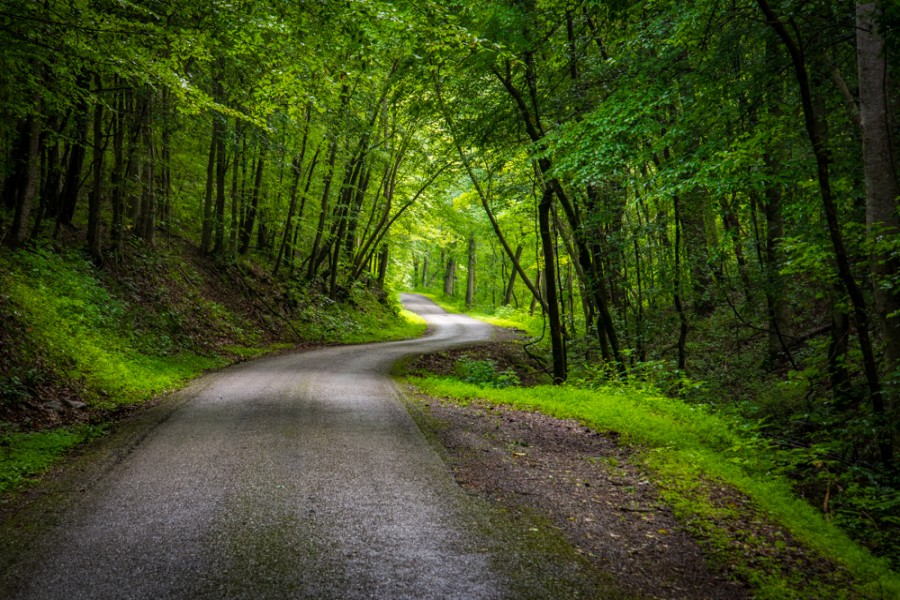The literal meaning of the Bangla word 'poth' is a straight or serpentinewalkway. The word is directly linked to 'pothik', a passerby. The English 'path' has almost a similar meaning. A person, normally a male, uses these walkways. Since olden days, 'poths' have been distinguished from roads, which could also be part-concrete. In the context of Bengal, 'poths' could be both short and long. The longer ones traverse distances covering miles, going through village after village, at times crossing swathes of land seemingly infinite in size. Traditionally, a 'poth' is earthen, narrow in width, and has a tolerably smooth surface. On becoming rain-sodden, 'poths' could become slippery.
The 'poths' have been integral to rural life in Bangladesh for ages. Even after the advent of urban lifein Kolkata, Dhaka and other Bengal cities in the 18th-19th centuries, it was the 'poths' which were used for land communication in areas outside the cities and towns. The English language has the word 'dirt-road'. Their character resembles that of the Bangla 'poths', and they are wide at certain stretches; for they have to facilitate movements of horse-drawn carts and carriages. In earlier Bangladesh, like in the West, 'poths' in certain areas would become wider to accommodate bullock carts. People well-versed in Bengali culture know well that the very word 'poth' has multi-layered meanings. At times a 'poth' alludes to a spiritual yearning or, another time, a philosophical quest. The notion of 'poth' has been generously used in the land's folk culture. The word recurs in the songs of folk bards like Lalon Shah or Hason Raja. Even great poets like Tagore and Nazrul used 'poth' in their lyrics wherever they found it suitable.
Ironically 'poths' still dot the vast Bangladesh countryside. A feature that makes them distinctive from their earlier counterparts is they have makeshift coats of a hard surface. In the frenzy of making Bangladesh villages developed and time-befitting, the rural dirt-roads have continued to be in the focus of the successive governments; 'local governments' to be specific. In order to translate the city-based rulers' dreams into reality, almost all rural areas of Bangladesh have long been earmarked for development. Few sectors were spared. Not even the 'poths', built to cater to the need of people who are never in a hurry.
In the last 3 to 4 decades, hundreds of dirt-roads have been turned into concrete roads. Apart from making the primitive 'poths' visibly comfortable for people on foot, many of them have been made wider to suit the needs of motorised vehicles. But few in the local government authorities appear to have ever thought of the terrible shape these roads could take during monsoon. To say without mincing words, just walking or travelling by cycle-rickshaws or baby-taxies on these sloppily built roads gives one the glimpse of what an ordeal could be. By forcing them to walk or travel by vehicles on these so-called roads, the persons concerned are virtually made to pay the price for dreaming of urban facilities in villages. But why is this finger-pointing at the innocent villagers? They have never made appeals to the authorities to make them taste urban life.
In fact, with the roads fast turning into the means of punishing experiences, the villagers have lately begun dreading the very thought of using these 'developed' roads during monsoon. The hazard of these roads starts with negotiating ankle-to-knee-deep stretches of sticky mud while on foot, and ends up on being bogged down in an auto-rickshaw or 'tempo' on mid-road. There are virtually none to help one out in a rural wilderness. And during summer, people get buried in layers of dust. Perhaps that's why the wise, old rural bards find it hard to forget the charm of 'poths' of the past.


